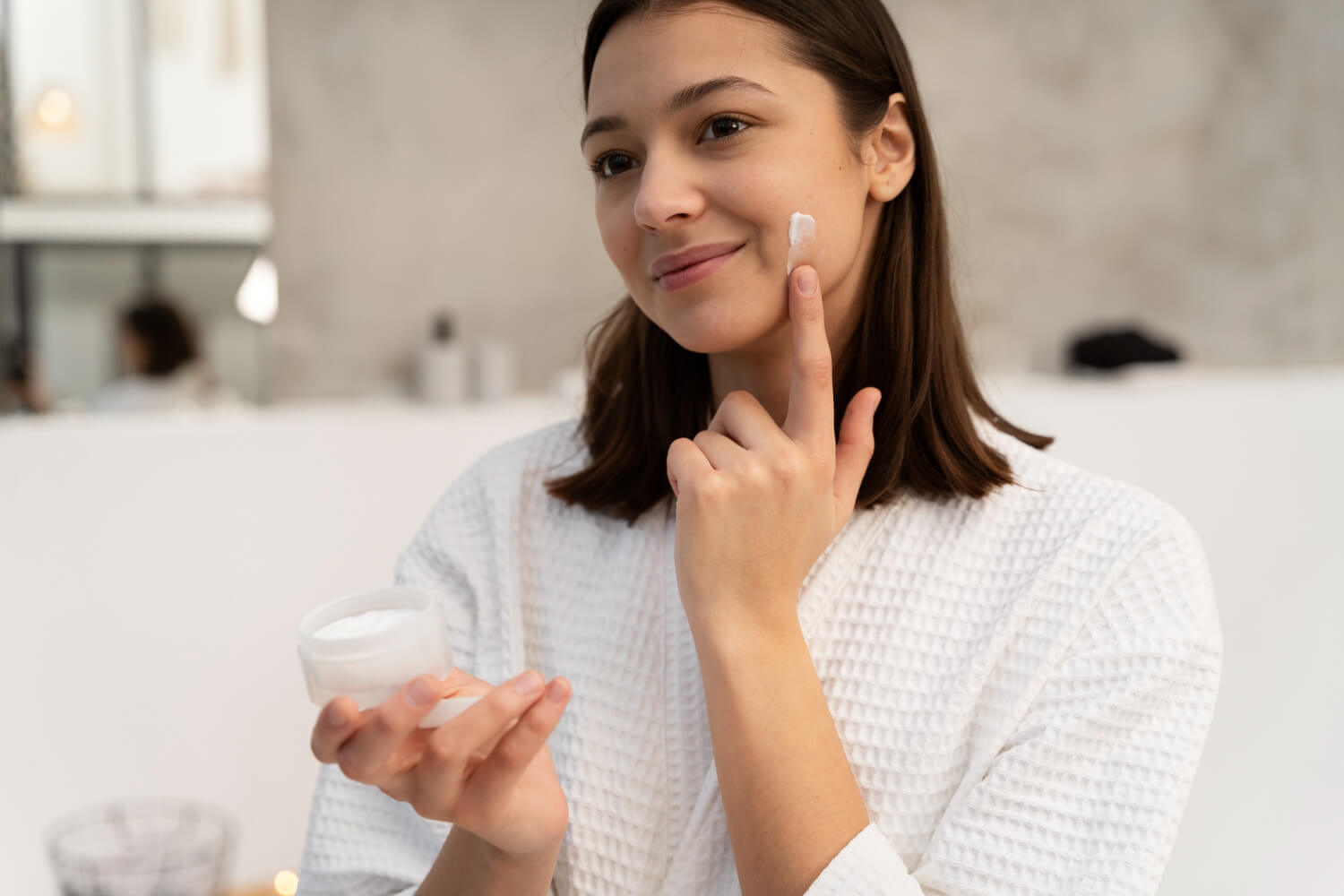Fungal acne, medically known as Malassezia folliculitis, is a skin condition caused by the overgrowth of yeast from the Malassezia species. Unlike traditional acne caused by bacterial infection or clogged pores, fungal acne stems from an imbalance in the skin’s natural microbiome, often leading to itchy, uniform pustules primarily on the chest, back, and sometimes the face. Proper skincare is paramount for managing fungal acne, and moisturization plays a crucial role. However, not all moisturizers are suitable, as some ingredients may exacerbate fungal growth. This blog explores the importance of fungal acne safe moisturizer, detail their ideal ingredients, and provides guidance on choosing the best products to support skin health without worsening fungal acne.
Understanding Fungal Acne and Moisturization Needs
Fungal acne differs from conventional acne in its etiology and treatment approach. The culprit, Malassezia yeast, thrives in environments rich in certain lipids and oils found in many skincare products. When these yeasts proliferate, they inflame hair follicles causing red, itchy pustules. Therefore, controlling fungal growth involves maintaining a skin environment that does not encourage yeast multiplication.
Moisturizing the skin remains essential even when dealing with fungal acne. Many people mistakenly avoid moisturizers assuming they will worsen their acne or fungal infections. In reality, dehydrated skin can exacerbate skin barrier damage and inflammation, potentially prolonging or worsening fungal acne. The challenge lies in selecting moisturizers that provide hydration without feeding the Malassezia yeast.
Key Characteristics of Fungal Acne Safe Moisturizer
1. Free from Comedogenic and Yeast-Feeding Ingredients
Fungal acne safe moisturizer, avoid ingredients known to feed Malassezia yeast. These typically include esters and polysorbates, as well as long-chain fatty acids like oleic acid, and certain oils such as coconut oil, olive oil, and cocoa butter. Instead, preferred ingredients have antifungal or non-feeding properties. The general rule is to exclude oils classified as “oleic acid-rich” and opt for lightweight, non-comedogenic hydrators.
2. Lightweight and Non-Greasy Formulation
Malassezia yeast proliferates in environments with excess oils and sweat. Hence, a lightweight moisturizer with a non-greasy finish reduces pore clogging and minimizes fungal growth risk. Gel-based or water-based moisturizers are often better suited than heavy creams or ointments.
3. Hydrating Yet Barrier-Strengthening Ingredients
Ingredients such as hyaluronic acid and glycerin provide deep hydration without nourishing yeast. Additionally, ceramides and niacinamide can help restore and strengthen the skin barrier, improving overall resilience to irritation and infection.
4. Avoidance of Fragrances and Irritants
Fragrance additives and harsh chemicals can exacerbate inflammation and disrupt the skin barrier, creating a favorable environment for fungal proliferation. Hypoallergenic and fragrance-free products are ideal for sensitive, fungal acne-prone skin.
Recommended Ingredients for Fungal Acne Safe Moisturizer
- Hyaluronic Acid: A powerful humectant that attracts and retains moisture, supporting hydration without feeding yeast.
- Glycerin: Another effective humectant that maintains skin moisture balance.
- Ceramides: Lipids that reinforce the skin’s protective barrier.
- Niacinamide: Anti-inflammatory properties help reduce redness and irritation.
- Squalane (from synthetic or olive-free sources): Lightweight emollient that moisturizes without clogging pores.
- Zinc PCA: Helps regulate sebum production and possesses antimicrobial properties.
Ingredients to Avoid
- Fatty acids like oleic acid, lauric acid, and palmitic acid.
- Polysorbates and esters such as polysorbate 60 or isopropyl palmitate.
- Certain natural oils like coconut oil, olive oil, and wheat germ oil.
Product Recommendations and Usage Tips
While many commercial moisturizers contain potentially problematic ingredients, several products are formulated with fungal acne safety in mind. Lightweight gels or lotions labeled as non-comedogenic and fragrance-free are a good starting point. Some dermatologically recommended products contain hyaluronic acid, ceramides, and niacinamide without oils detrimental to fungal acne.
Application practices also matter; applying moisturizer on slightly damp skin can enhance absorption and barrier repair. It is crucial to patch test new products and introduce them gradually to monitor skin response.
Conclusion
Managing fungal acne requires a tailored skincare approach that balances hydration with preventing yeast overgrowth. Moisturizers are a critical part of this regimen, as they restore skin barrier function and maintain moisture without aggravating fungal conditions. Selecting a fungal acne safe moisturizer involves avoiding certain oils and esters, favoring hydrating, non-comedogenic, and barrier-strengthening ingredients. By understanding the unique needs of fungal acne-prone skin and carefully choosing appropriate moisturizing products, individuals can effectively support skin health and reduce fungal acne symptoms.
Also read: Discovering the health advantages of organic coffee

